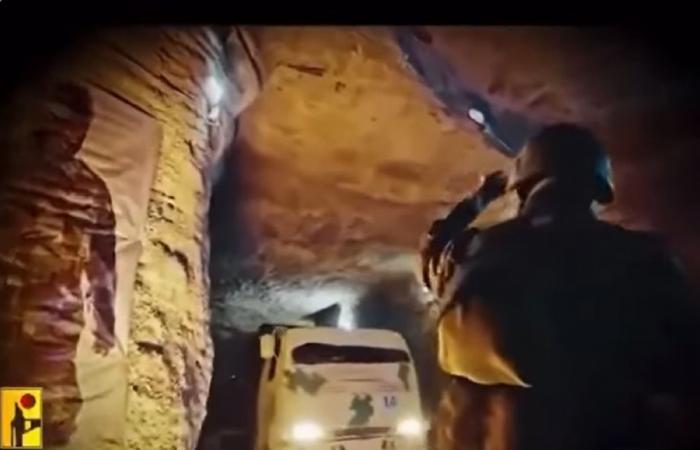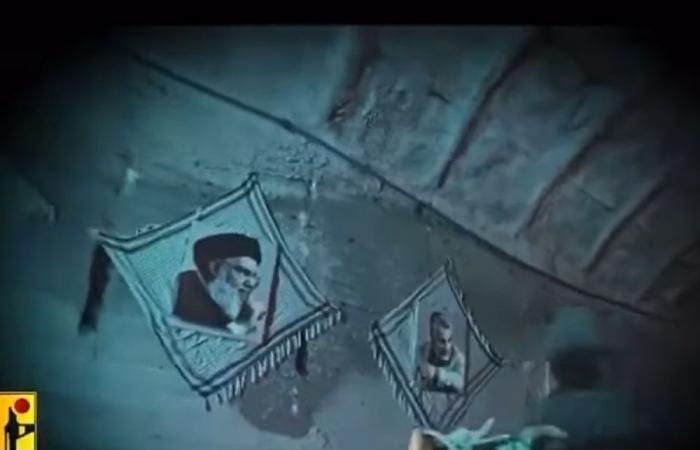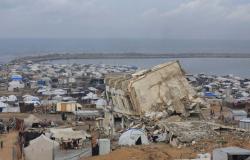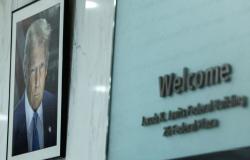Hello and welcome to the details of Inside Hezbollah’s tunnels: A threat to Israel in the making and now with the details
Nevin Al Sukari - Sana'a - BEIRUT, Aug 23 — Hezbollah has provided a glimpse of its secret tunnels housing weapons — a move experts say is a warning to Israel as the underground facilities could prove vital to the group should wider war erupt.
The Iran-backed movement has exchanged regular fire with Israel in support of its ally Hamas since the Palestinian militant group’s October 7 attack on Israel sparked the Gaza war.
Prospects of full-blown conflict grew after Iran and Hezbollah vowed revenge for the killing last month, blamed on Israel, of Hamas leader Ismail Haniyeh in Tehran, and an Israeli strike that killed Fuad Shukr, a top Hezbollah commander, in south Beirut.
Nicholas Blanford, a Beirut-based Hezbollah expert and senior fellow at the Atlantic Council, said a Hezbollah video released last Friday showing underground tunnels and missile launchers could be a “warning” to Israel.
AFP could not verify the video’s authenticity.
Hany Farid, a digital forensics expert at the University of California, Berkeley, said it was “unlikely” to have been generated by artificial intelligence.
But parts of the video “might incorporate classic CGI gaming footage”, he added, referring to computer-generated imagery.
Here’s what we know about the footage and Hezbollah’s tunnels.

Hezbollah’s polished, four-and-a-half-minute video titled ‘Our mountains are our storehouses’ showed what appeared to be underground tunnels big enough to fit convoys of trucks. — Picture via YouTube/Israel’s Foreign Affairs Min.
What tunnel video?
Hezbollah’s polished, four-and-a-half-minute video titled “Our mountains are our storehouses” showed what appeared to be underground tunnels big enough to fit convoys of trucks.
Some trucks appeared to transport missiles and launchers through the facility, identified as “Imad 4” — a reference to top Hezbollah commander Imad Mughniyeh, killed in a 2008 Damascus car bombing blamed on Israel.
“Some of the footage as the trucks/motorbikes move through the tunnel have a slight CGI look to them,” Farid said, adding he could not say for sure whether the technology was used.
Blanford said that “in the context of Hezbollah’s expected retaliation” to Shukr’s killing, Hezbollah “probably wanted to remind” Israel that it can “unleash far more powerful weaponry” should Israel’s counter-attack be too strong.
For Lebanese retired brigadier-general Mounir Shehadeh, the video showed “how deep, how large and how complex (the tunnels) are, and how difficult or even impossible it would be for Israel to reach them”.

Beirut-based Hezbollah expert and senior fellow at the Atlantic Council Nicholas Blanford said a Hezbollah video released last Friday showing underground tunnels and missile launchers could be a ‘warning’ to Israel. — Picture via YouTube/Israel’s Foreign Affairs Min. — Picture via YouTube/Israel’s Foreign Affairs Min.
What are the tunnels’ advantages?
Hezbollah’s backer Iran also has underground facilities.
“We call the underground missile facilities... ‘missile cities’,” Tehran’s embassy in Beirut said today on X, adding that they “exist all over Iran” and allow forces to “strike the enemy from anywhere” in the country.
Iran’s Mehr news agency said Saturday that the Hezbollah video showed a “missile city under the Jabal Amel mountains”, a term commonly used to refer to south Lebanon where, alongside east Lebanon, Hezbollah has a strong presence.
Military analyst Hisham Jaber, a retired Lebanese general, said little was known about Hezbollah’s “top secret” underground bunkers and tunnels.
The “Imad 4” facility is probably one of dozens, he said, adding that “south Lebanon’s mountains and hilltops are ideal for digging (facilities) that are protected because they are at the heart of a mountain”.
“Warplanes cannot reach these facilities,” Jaber told AFP, and fighters could remain inside well-provisioned tunnels for months.
Israel could “keep on destroying Lebanon for months without ever reaching” the bunkers, he added.
Orna Mizrahi, a Hezbollah expert at the Tel Aviv-based Institute for National Security Studies, said Israel has known about the underground facilities “for a while” and has experience dealing with Hamas tunnels in Gaza.
“We have good experience with what’s going on in Gaza and then I suppose that this is what we’ll have to tackle if we are going inside Lebanon in the next war,” she told AFP’s Jerusalem bureau.
What’s the tunnels’ history?
At a Hezbollah “tourist complex” in Mlita in south Lebanon inaugurated in 2010, a tunnel stretching 200 metres belonging to the group is on display.
Blanford said he believed Hezbollah’s tunnel networks began in the mid-1980s when Israeli troops withdrew from most of Lebanon to an occupied strip along the southern border.
“It’s been widely understood for a long time that Hezbollah has extensive tunnel networks... used to store munitions and to serve as low-signature missile (and) rocket launch pads,” he said.
Tunnels built in the early 2000s resembling the one in Mlita were “designed for a small number of fighters to rest, sleep and eat”, said Blanford, while the facility in today’s video “completely dwarfs those earlier man-sized bunkers”.
Daniel Meier, head of the Middle East masters programme at Sciences Po Grenoble, said Hezbollah’s tunnel usage during its 2006 war with Israel, especially in the border town of Bint Jbeil, put heavy pressure on Israel “despite its air supremacy”.
After that, Hezbollah began building more complex underground facilities and tunnels, experts told AFP.
In January 2019, the Israel military said it uncovered and destroyed “cross-border attack tunnels”, some burrowed under Lebanese border villages that Israel has repeatedly struck since October. — AFP
These were the details of the news Inside Hezbollah’s tunnels: A threat to Israel in the making for this day. We hope that we have succeeded by giving you the full details and information. To follow all our news, you can subscribe to the alerts system or to one of our different systems to provide you with all that is new.
It is also worth noting that the original news has been published and is available at Malay Mail and the editorial team at AlKhaleej Today has confirmed it and it has been modified, and it may have been completely transferred or quoted from it and you can read and follow this news from its main source.






